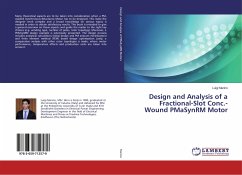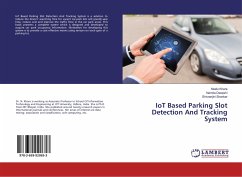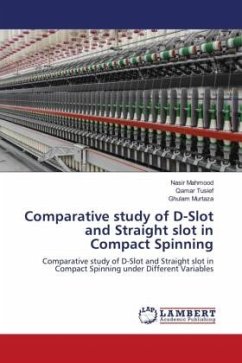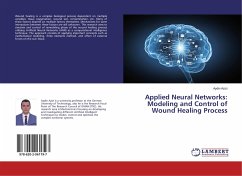Many theoretical aspects are to be taken into consideration when a PM-assisted Synchronous Reluctance Motor has to be designed. This make the designer work complex and a broad knowledge on various topics is needed in order to obtain satisfactory results. This book is intended to give a general overview on those aspects and guide the reader to the right key choices (e.g. winding type, number of poles, rotor topology). Moreover, a PMaSynRM design example is extensively presented. The design process includes analytical calculations (initial design and PM amount minimization) and finite element method (FEM) based design optimization. Lastly, a comparative analysis with other rotor topologies is made, where motor performance, temperature effects and production costs are taken into account.








